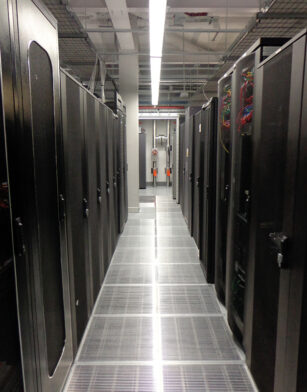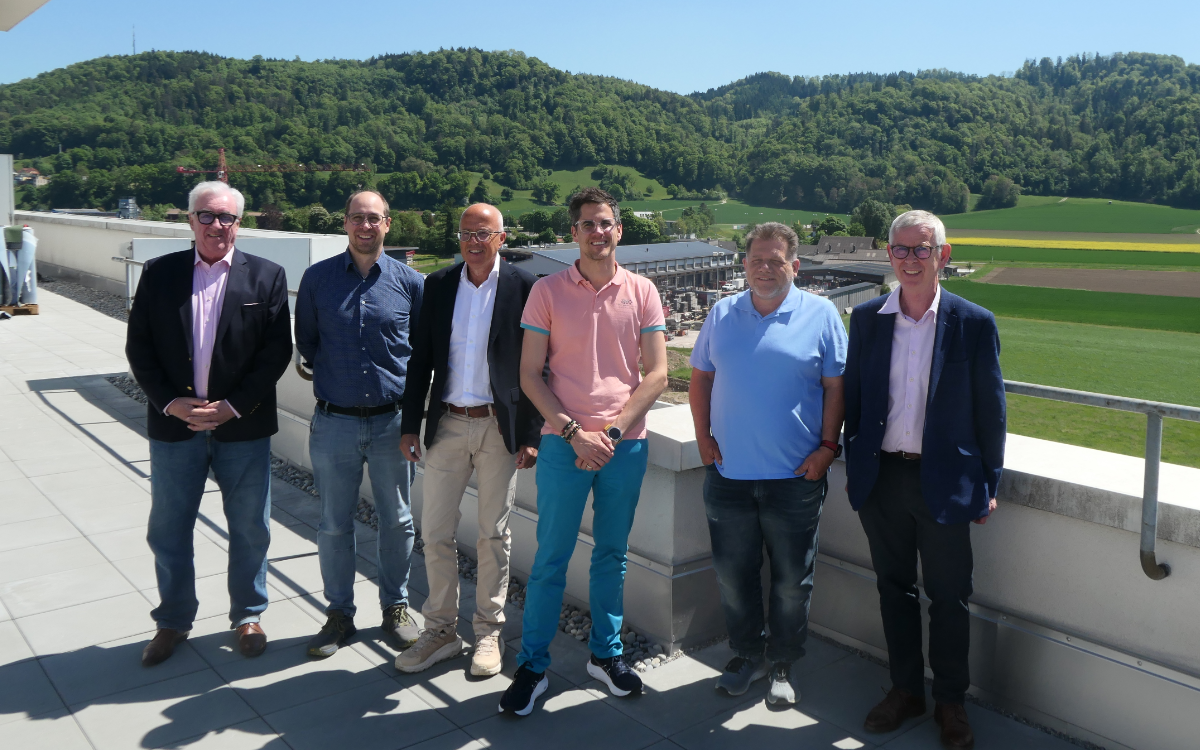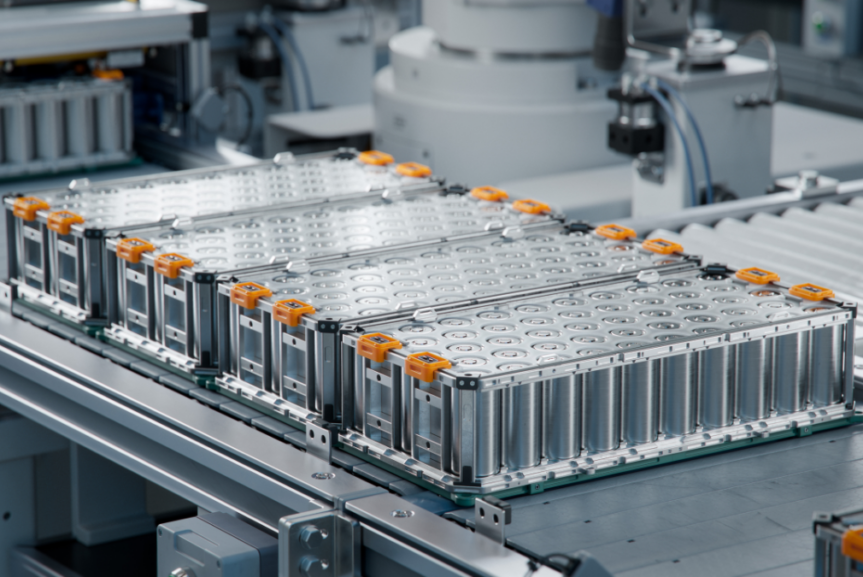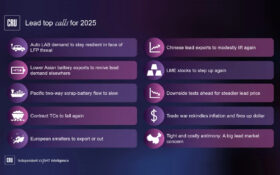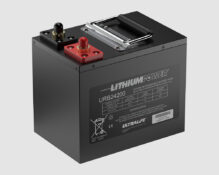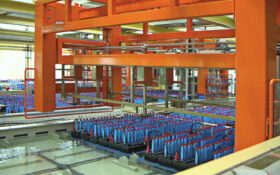A data centre hosting 70% of Europe's live internet traffic must offer total reliability to its 500+ direct customers and 1 000's of indirect customers backing up their data here. Ruth Williams looks around Telehouse's newest building in East London to see how their power is covered from every angle— and it all comes down to the batteries.
Telehouse West is the newest building opened in 2010, it joins Telehouse North and East on the site in the London Docklands. The site has grown since the North building opened in 1990 as the house . . .
to continue reading this article...
Sign up to any Premium subscription to continue reading
To read this article, and get access to all the Premium content on bestmag.co.uk, sign up for a Premium subscription.
view subscription optionsAlready Subscribed? Log In

